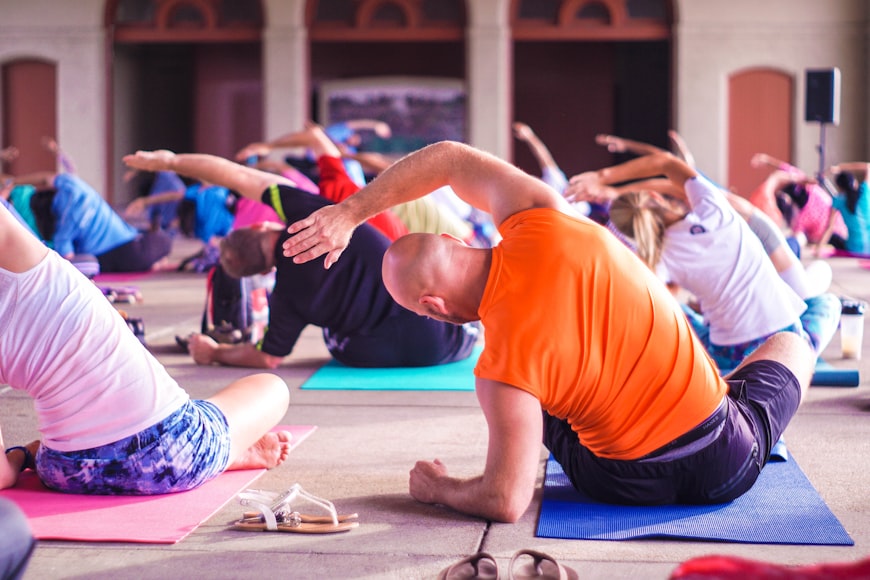What is Osteoarthritis?
Osteoarthritis (OA for short) is the most common type of arthritis – affecting about 10% of Australians. OA occurs when the protective cartilage in our joints (that cushion the ends of our bones) “wear” down over time.
Osteoarthritis can affect any joint in our body but is most commonly found in the hands, knees, hips and spine. Unfortunately, OA isn’t something that can be reversed. However, symptoms like pain, stiffness, tenderness and loss of flexibility, can be managed by staying active and maintaining a healthy weight.
How can exercise help with Osteoarthritis?
People with osteoarthritis may experience pain with certain activity, so they may worry that exercising could be the cause of even more pain. Thankfully, there’s A LOT of research showing the positive effect of exercise on osteoarthritis.
Some of the benefits of exercise related to OA includes:
- Making the muscles around the affected joints stronger (assists with relieving “pressure” during movement)
- Decreasing bone loss
- Weight Loss
- Improving functional ability
- Decreased inflammation and swelling in joints
- Increased mobility and independence
What exercises work best for Osteoarthritis?
There are a range of exercise types that are beneficial when it comes to Osteoarthritis. These include:
- Flexibility exercises: Stretching regularly can help maintain and improve the flexibility in our joints and reduce stiffness.
- Aerobic exercises: Exercises like walking, jogging, swimming, etc are important in improving our stamina and controlling our weight
- Strengthening exercises: These types of exercises – that can be performed using bodyweight, weights and gym equipment – should really be considered as part of an osteoarthritis management plan. They can help strengthen the muscles around affected joints.


